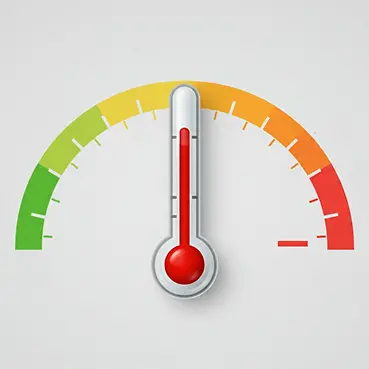
Keto
$17.75 — or $17.75 Original price was: $17.75.$15.09Current price is: $15.09. / week
The ketogenic diet is a low-carbohydrate, high-fat diet that aims to shift the body’s metabolism into ketosis. By severely restricting carbohydrate intake and increasing fat consumption, the body is forced to burn fat for fuel instead of glucose derived from carbohydrates.
Ingredients
Cal
N/A
Prot
N/A
Carb
N/A
Fat
N/A
Our Take On Keto
The ketogenic diet is a low-carbohydrate, high-fat diet that aims to shift the body’s metabolism into ketosis. By severely restricting carbohydrate intake and increasing fat consumption, the body is forced to burn fat for fuel instead of glucose derived from carbohydrates. This diet typically consists of foods such as meat, fish, eggs, dairy products, oils, nuts, and seeds, while starchy foods, grains, fruits, and sugary treats are limited or eliminated altogether. The primary goal of the ketogenic diet is to reach and maintain a state of ketosis, where the body efficiently burns fat and produces ketones. It has gained popularity for its potential benefits in weight loss, blood sugar control, and improved mental focus. However, it requires careful planning and monitoring to ensure adequate nutrient intake. It may not be suitable for everyone, particularly those with certain medical conditions or individuals who engage in intense physical activity.
Ingredients can include:
Meat: Beef, pork, lamb, bacon, and other cuts of red meat.
Poultry: Chicken, turkey, duck, and other fowl.
Fish and Seafood: Salmon, tuna, mackerel, shrimp, crab, and other fatty fish.
Eggs: Both whole eggs and egg whites.
Dairy Products: Cheese, butter, cream, and high-fat dairy like heavy cream and full-fat yogurt.
Oils and Fats: Olive oil, coconut oil, avocado oil, butter, and other healthy fats.
Nuts and Seeds: Almonds, walnuts, macadamia nuts, flaxseeds, chia seeds, and others.
Low-carb Vegetables: Leafy greens, broccoli, cauliflower, zucchini, bell peppers, and spinach.
Avocado: A rich source of healthy fats.
Condiments: Salt, pepper, herbs, spices, and low-carb sauces like mayonnaise.
Consumption ratios on average:
Carbohydrates: Typically limited to 5-10% of total daily calories. This translates to around 20-50 grams of carbohydrates per day.
Protein: Moderate intake, usually around 20-25% of total daily calories. The exact amount can vary based on individual factors such as activity level and body composition.
Fat: The majority of calories come from fat, making up about 70-75% of total daily calories.
Please note that these ratios are approximate and can vary based on individual needs, goals, and preferences. It’s important to consult with a healthcare professional or registered dietitian for personalized recommendations and to ensure that your dietary choices align with your specific health circumstances.

